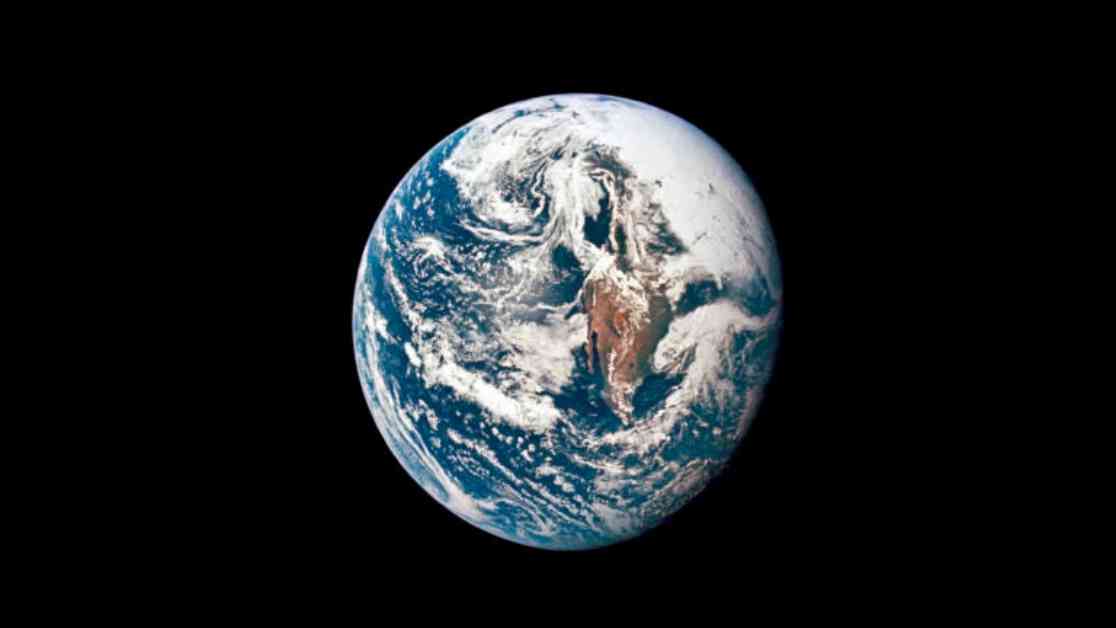A potential asteroid impact in 2032 has caught the attention of astronomers worldwide, sparking concerns about the safety of our planet. Known as 2024 YR4, this asteroid was first identified in December, with initial calculations suggesting a minuscule 1% chance of a collision with Earth. However, recent updates from NASA have raised the stakes, indicating a 2.3% risk of impact on December 22, 2032.
NASA’s ongoing monitoring of this celestial body has shed light on its estimated size, ranging from 130 to 300 feet in diameter. While the specifics are still being fine-tuned, experts anticipate a clearer picture emerging as the asteroid remains visible until April. A temporary disappearance from view until June 2028 will give astronomers more time to refine their calculations and assess the potential threat posed by 2024 YR4.
For MIT scientist Artem Burdanov, the urgency of this situation cannot be overstated. As a research scientist in the Department of Earth, Atmospheric, and Planetary Sciences, Burdanov emphasizes the need for continuous monitoring and observation of 2024 YR4. Drawing parallels to historical events like the Tunguska asteroid impact in 1908, he underscores the destructive potential of even relatively small asteroids.
Comparing the 130-foot asteroid to the Tunguska explosion, which released energy equivalent to 150 kilotons of TNT, Burdanov highlights the serious consequences that such impacts can have on Earth. While the chances of a catastrophic collision remain slim, the implications of a potential 2032 impact are not to be underestimated.
In the event that 2024 YR4 poses a real danger to Earth, scientists like Burdanov are prepared to predict its trajectory and impact zone accurately. This foresight could enable timely evacuations and even intervention measures to alter the asteroid’s path, averting a disaster of global proportions.
As we grapple with the uncertainty surrounding 2024 YR4, it serves as a sobering reminder of the fragility of our existence in the vast cosmos. The delicate balance between celestial bodies and our planet underscores the need for continued vigilance and scientific inquiry to safeguard humanity’s future in the face of cosmic threats.
Expert Insights on Planetary Defense Strategies
Seeking insights from experts in the field of planetary defense, we turn to Dr. Lisa Chang, an astrophysicist specializing in impact mitigation strategies. According to Dr. Chang, the key to averting asteroid impacts lies in early detection and precise trajectory calculations. By leveraging advanced telescopes and computational models, scientists can track potentially hazardous asteroids and devise proactive measures to safeguard Earth.
Community Preparedness and Public Awareness
Beyond the realm of scientific research, community preparedness plays a crucial role in mitigating the impact of natural disasters, including asteroid strikes. Local authorities and emergency response agencies must collaborate with scientists to develop contingency plans and evacuation protocols in the event of an imminent threat. Public awareness campaigns can also educate citizens about the risks of asteroid impacts and empower them to take proactive steps to ensure their safety and well-being.
In conclusion, while the specter of a potential asteroid impact in 2032 looms large, it is essential to approach this threat with a combination of scientific rigor, strategic planning, and community resilience. By harnessing our collective knowledge and resources, we can navigate the uncertainties of the cosmos and safeguard our planet for future generations.






